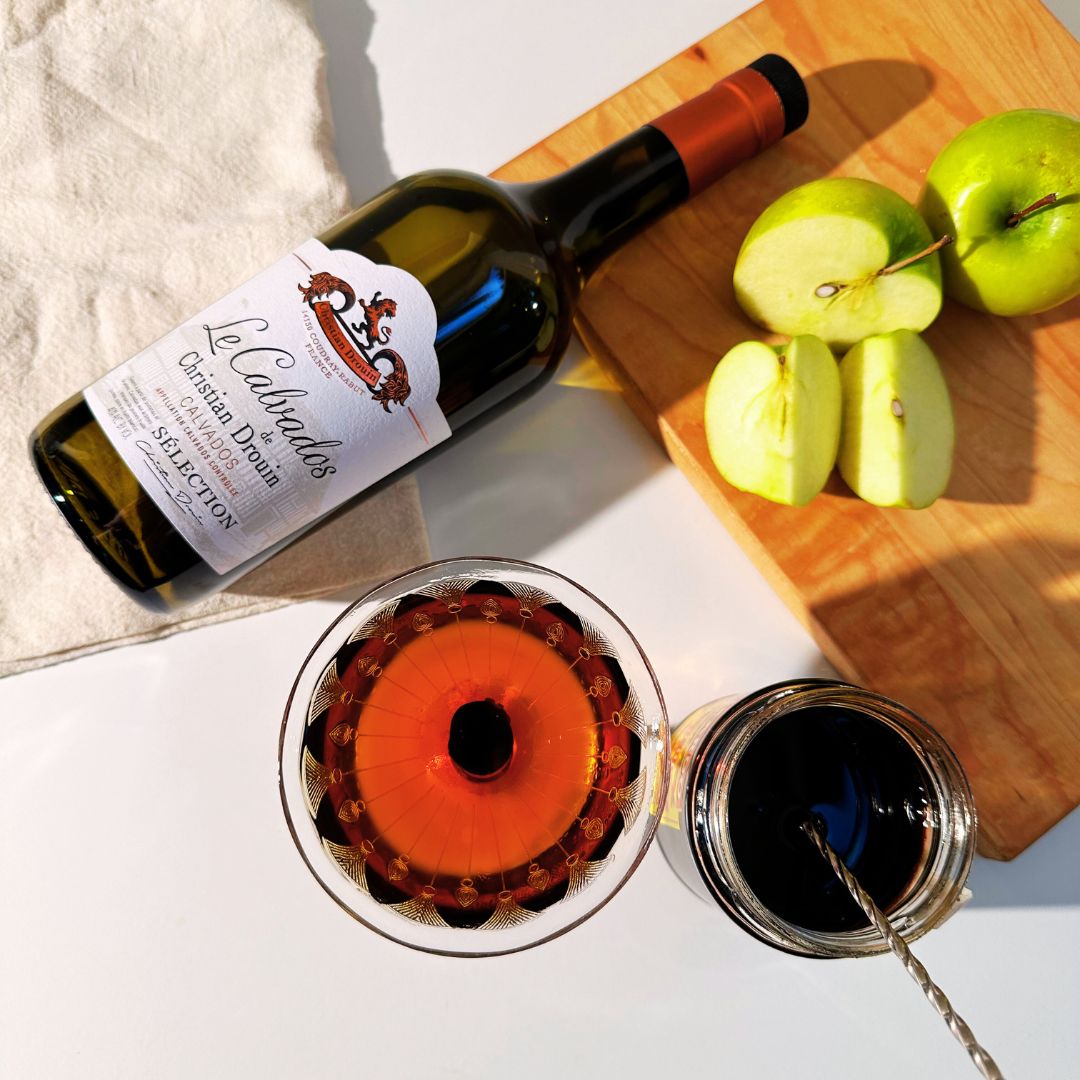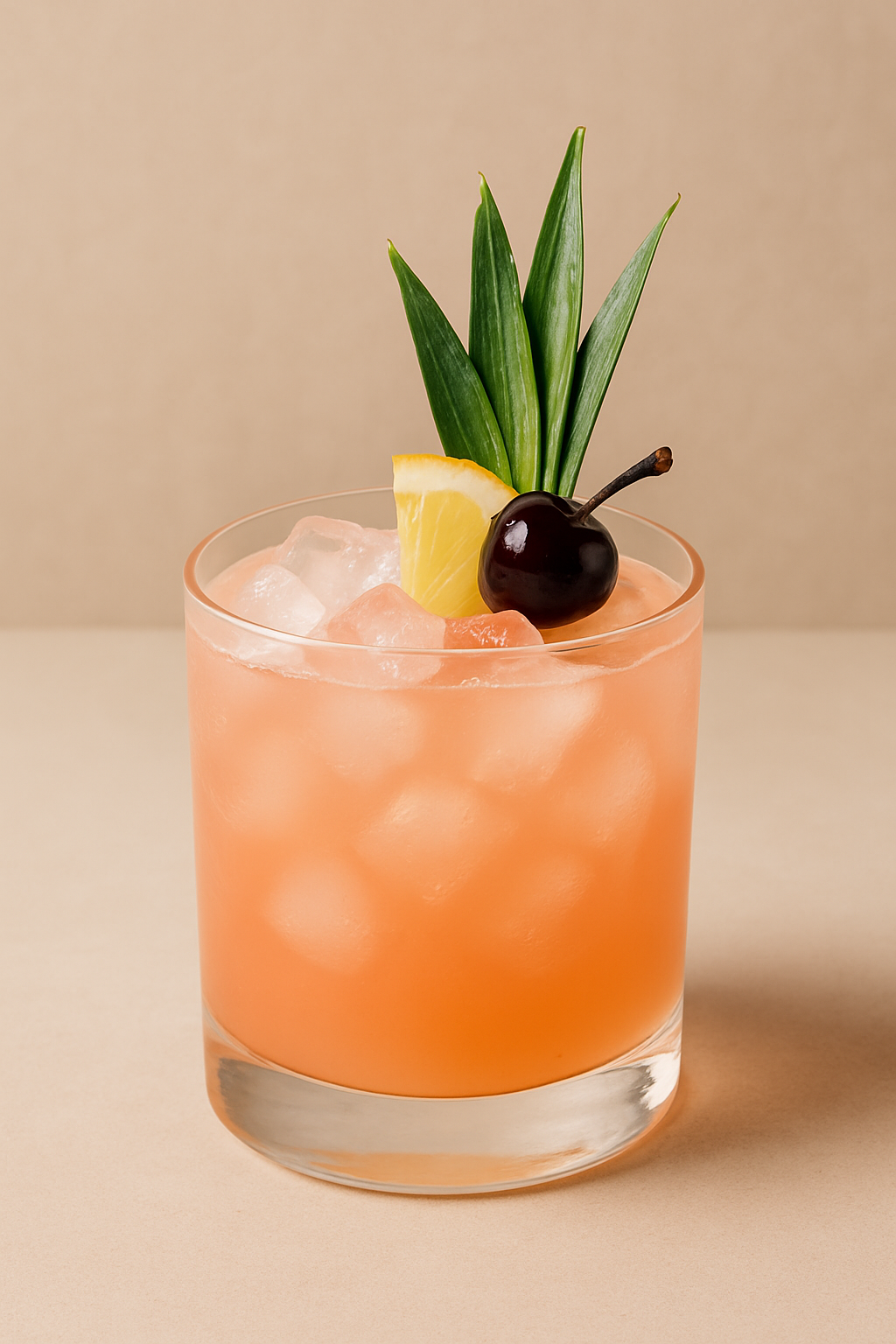Garnishes
What are Garnishes?
Garnishes are the finishing elements that transform a cocktail from a simple drink into a complete sensory experience, falling squarely into the All Supplies category rather than being spirits themselves. These carefully chosen additions—from citrus peels and fresh herbs to pickled vegetables and exotic fruits—serve both aesthetic and aromatic purposes, often providing that crucial final note that ties all the flavors together. While they don't contain alcohol like the All Spirits that form your cocktail's foundation, garnishes are essential tools that can completely change how you perceive and enjoy your drink.
Learn More About Garnishes
What are the different types of Garnishes?
Garnishes typically fall into three main categories: citrus (like lemon twists, lime wheels, and orange peels), fresh elements (herbs such as mint, basil, and rosemary, plus fruits and vegetables), and specialty items (olives, cherries, pickled onions, and creative additions like edible flowers or spiced rims). Each category serves a distinct purpose - citrus garnishes primarily add aromatic oils and bright acidity, fresh elements contribute herbaceous or fruity notes while adding visual appeal, and specialty garnishes often provide contrasting flavors or textures that complement specific spirits. The magic happens when bartenders match the right garnish type to a cocktail's flavor profile, turning a simple drink into a multi-sensory experience that engages your nose, eyes, and palate before you even take that first sip.
How are Garnishes made?
Cocktail garnishes are created through various simple techniques depending on the ingredient - citrus peels get expressed by twisting the skin to release oils, herbs like mint get gently muddled or slapped to awaken their aromatics, and fruit wheels are sliced uniformly with a sharp knife. Dehydrated garnishes require slow oven-drying or specialized dehydrators to concentrate flavors while maintaining visual appeal. The key lies in proper timing and handling since most garnishes should be prepared fresh right before serving to preserve their essential oils and prevent oxidation.
What do Garnishes taste like? What do Garnishes bring to a cocktail?
Garnishes run the full spectrum from aromatic citrus oils that brighten every sip to herbaceous mint that cools the palate, salty olives that add savory depth, or spicy jalapeños that bring heat and complexity. They're the final layer that can completely transform your drink's personality—a lemon twist releases fragrant oils that make gin sparkle, while a cherry adds subtle sweetness that mellows bourbon's bite. Beyond flavor, garnishes provide visual appeal and aromatic intrigue, turning a simple cocktail into a multisensory experience that engages your nose before the glass even touches your lips.
How do you drink Garnishes? In what kind of cocktails do Garnishes shine?
Garnishes aren't actually consumed as drinks themselves, but rather they're the finishing elements that complete a cocktail – from citrus peels and fresh herbs to olives and cocktail cherries. These decorative and aromatic additions work their magic across virtually every style of drink, whether it's a lime wheel brightening up a gin and tonic, a maraschino cherry crowning a Manhattan, or a sprig of mint releasing its oils into a mojito. The best garnishes do double duty, adding both visual appeal and enhancing the drink's aroma or flavor profile, making them essential components rather than mere decorations.
What are fun ways to drink Garnishes?
Garnishes make fantastic jello shots – try muddling fresh mint or basil right into the gelatin mixture, or float edible flowers like violets in champagne-flavored shots for something Instagram-worthy. Boozy popsicles get a major upgrade with garnish ingredients too: blend watermelon with lime zest and tajín for spicy margarita pops, or freeze cucumber-infused gin with fresh dill for a garden-party treat. You can also candy your citrus peels and orange twists to top cocktail-flavored ice creams, or infuse simple syrups with herbs like rosemary or thyme to drizzle over desserts that complement your favorite drinks.
How have Garnishes been depicted in culture?
Garnishes have long served as symbols of sophistication and attention to detail in popular culture, from the perfectly placed olive in James Bond's martini to the elaborate fruit arrangements adorning tiki drinks in classic Hollywood films. Literature and film often use the presence or absence of proper garnishes to signal a character's refinement or the quality of an establishment—think of the maraschino cherry as a marker of mid-century American optimism or the simple lemon twist as shorthand for understated elegance. Social media has transformed garnishes into Instagram-worthy art forms, with bartenders competing to create the most photogenic presentations, turning what was once a functional finishing touch into a form of edible sculpture that defines modern cocktail culture.
Nutritional Information
Typical Calorie Range per Ounce: 0-15 calories
Typical Carbohydrate Range per Ounce: 0-4 grams
Typical Sugar Range per Ounce: 0-3 grams
Typically Gluten Free: Yes
Most cocktail garnishes like citrus peels, olives, cherries, herbs, and fruit slices are naturally gluten-free and contain minimal calories. Fresh herbs and citrus peels are virtually calorie-free, while fruit garnishes and cocktail cherries contribute slightly more due to natural or added sugars. Olives contain healthy fats but remain low in carbs and sugars. Always check detailed product information to confirm gluten-free status, especially for processed garnishes like cocktail cherries or specialty items that may contain additives or be processed in facilities with gluten-containing products.
Scrolled this far? Your reward? Garnishes Trivia!
- The Ramos Gin Fizz requires exactly 12 minutes of shaking to achieve its signature foam, but the original New Orleans bartenders discovered that adding a single drop of orange flower water to the egg white creates microscopic protein chains that hold the foam stable for hours. Without this secret drop, the drink deflates within minutes—which is why most modern versions fall flat compared to the original.
- Those fancy flamed orange peels actually change the drink's chemistry. When you flame citrus oils over a cocktail, the heat breaks down limonene compounds into new aromatic molecules that didn't exist before. A flamed orange peel creates entirely different flavor compounds than a twisted one, essentially adding a "ghost ingredient" that only exists for about 90 seconds after flaming.
- Maraschino cherries were originally made from Marasca cherries grown exclusively in Croatia and preserved in maraschino liqueur. The bright red, artificially flavored versions we know today were invented during Prohibition as a workaround—since the real ones contained alcohol, bartenders needed a legal substitute. The fake ones became so popular that most people have never tasted an authentic maraschino cherry.
- Bar spoons aren't just for stirring—their twisted design was specifically created to help bartenders layer drinks by allowing liquid to spiral down the handle slowly. But here's the kicker: the number of twists in a proper bar spoon is standardized at exactly 50 rotations over 11 inches. This creates the perfect spiral pitch for layering drinks like the B-52 or Irish Coffee without disturbing the layers below.
- Fresh herbs like mint and basil release completely different flavor compounds depending on how you handle them. A gentle slap releases pleasant oils, but muddling them releases bitter chlorophyll and tannins. Professional bartenders know that rosemary should be torched (not muddled) to release its piney oils, while thyme should be rubbed between your palms first to "wake up" its volatile compounds before adding it to a drink.
Higher-proof spirits can be intense. Sip slow, taste thoughtfully, and enjoy responsibly.
Gift message (optional)



